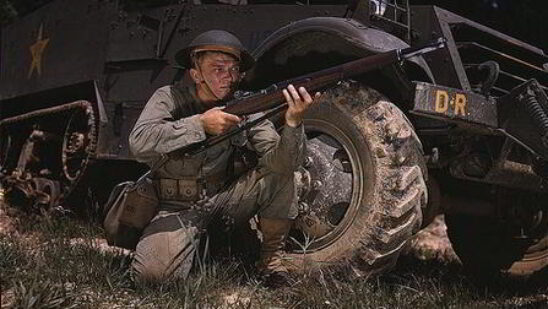
Not every military battle comes out the way the numbers say it should. History is full of situations where an under-equipped, outnumbered force turns the tide on a larger and seemingly more effective one. Here are five of the greatest underdog victories in military history:
5. The Battle of Salamis, 480 BC

This battle occurred at almost the same time as the more famous Battle of Thermopylae. Unlike in that battle, however, the greatly outnumbered Greek forces did not just hold off their attackers. At Salamis, 368 Greek triremes fought between 1,000 and 1,200 Persian ships sent to overwhelm the Greeks with sheer numbers. The Persian ships not only outnumbered the Greeks but were manned by better-trained soldiers, while the Greek triremes were mostly new and manned by inexperienced sailors.
Greek forces positioned themselves in a line blocking the strait, with the Athenians to the left and the Spartans to the right. The defenders backed their ships up the strait as though retreating, sending a single ship forward to ram the closest Persian vessel. The Persians quickly became disorganized and confused in the shallow waters as even more Greek ships rammed them, and were eventually forced to retreat.
4. The Battle of Cannae, 216 BC
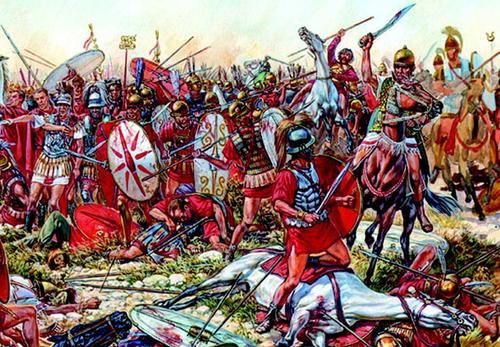
This famous battle was part of the Second Punic War and is regarded as one of military history’s greatest tactical accomplishments. 86,000 Roman and allied soldiers attempted to engage the Carthaginian army under Hannibal near the town of Cannae in southeastern Italy. Hannibal fielded only 45,000 soldiers but was able to nearly destroy the Roman army as a fighting force.
Hannibal slowly extended the center of his army toward the advancing Romans, allowing the sides to fall back in two crescents. Then, he sent the sides of the army forward in what is now considered a classic pincer maneuver, entrapping the Romans and preventing their escape. Of the 86,000 Romans, only about 30,000 survived.
3. Great Siege of Malta, 1565

At the Great Siege of Malta, the Knights Hospitaller defended the Island of Malta from approximately 30,000 Ottoman soldiers, fielding an army of only about 8,000 themselves. The Knights harvested all grain and crops before the Ottomans arrived to deprive the enemy of food, then poisoned all the wells, retreating to the fortresses. Fort St. Elmo was captured early, but the Turks bombarded Fort St. Michael and the towns of Birgu and Mdina for months.
The fortress withstood the bombardment until early September when the Turks had lost up to 1/3 of their men. At this point, they began to retreat and encountered Christian reinforcements, who slaughtered most of the remaining Ottomans.
2. Battle of Narva, 1700
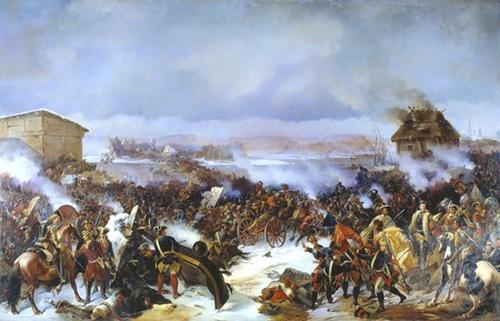
An early battle in the Great Northern War between Sweden and Russia, the Battle of Narva pitted less than 10,000 Swedish infantry, cavalry, and artillery against 35,000 to 40,000 Russian troops. In November 1700, Peter I’s troops surrounded Narva in what is now Estonia, attempting to take the city by siege. Charles XII of Sweden sent 8,000 troops to assist the approximately 2,000 already in Narva.
A blizzard engulfed the battlefield for most of the day, eventually blowing directly into the Russian army’s eyes. Swedish troops advanced on the Russians, using the weather to their advantage, and cutting through the Russian lines in two places. The army retreated over a collapsing bridge, losing between 6,000 and 18,000 troops, as well as 145 guns. The remaining forces surrendered.
1. Winter War, 1939
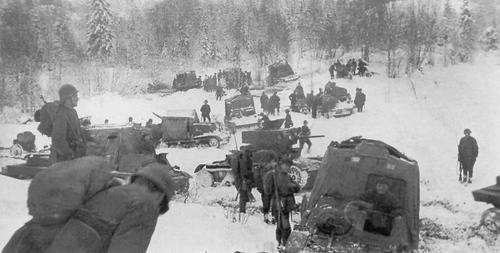
This military conflict during the early phase of World War 2 between the Soviet Union and Finland lasted for four months and resulted in a great underdog victory for the Finnish military. While Finland was forced to cede some of its territories, it did not become a subject state of the USSR. The war began when Soviet forces deliberately shelled their border guard posts under the pretext of starting hostilities. Finland denied responsibility for the attack and the Soviet forces moved 21 divisions into Finland, bombing the capital of Helsinki.
Finland faced a force of 450,000 troops total at a ratio of more than 3:1. Finnish troops also lacked the weapons and ammunition of the Soviet forces. Nevertheless, the Finns were able to repel many of their attackers, including tank units, using heavy fire, and taking advantage of the local terrain. The famous Finnish ski troops killed many Soviet soldiers using Molotov cocktails and other makeshift weapons. Eventually, unaccustomed winter weather claimed many more.
Special Mention: Six-Day War, 1967
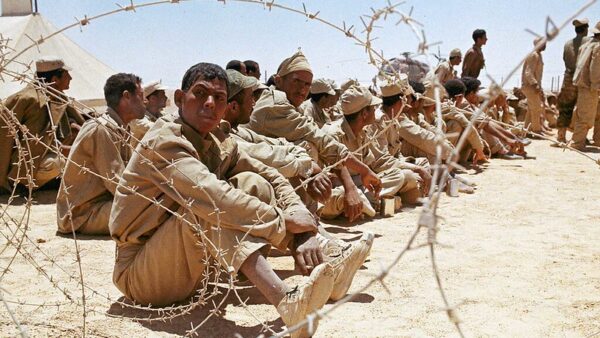
Image Source: Flickr/manhhai
Israel won the war with its Arab neighbors swiftly in six days and captured the territories of the West Bank, the Gaza Strip, the Golan Heights, and the Sinai Peninsula (later returned to Egypt in exchange for peace) in 1967. This victory increased Israeli territory by 300% within a short time. The newly captured area spanned 68,000 square kilometers (26,294 square miles).
Israel achieved this victory despite being overwhelmingly outnumbered by its enemies both in terms of men and material. The main blow to Egypt, Syria, and Jordan was delivered by the Israeli Air Force which executed one of the most daring operations in military history. Dubbed “Operation Focus”, IAF took out most of the jet fighters of the Arab air forces parked on the runways in a well-executed surprise attack allowing them to achieve total air superiority. This air dominance coupled with brilliant Mossad spies (especially Eli Cohen) allowed Israel to quickly defeat Arab forces on the ground and capture vast territory.
Did we miss any popular underdog victories in military history? Let us know in the comments below!
Title Image Courtesy: cc licensed Flickr photo shared by The U.S. Army.
You missed the battle of Agincourt (in 1415, armies of Henry V vs army of Charles VI), and the Battle of Montaperti in 1260 between Florence (Guelphs) and Siena (Ghibellines), just to name two of which I'm aware.